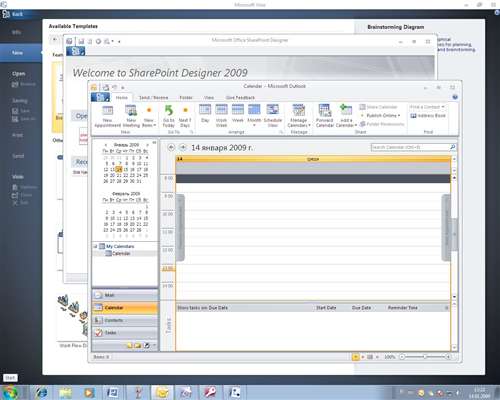Focus Question: What is
multimedia technology and how can teachers use it to effectively create and
share visual information dynamically in their teaching?
Multimedia technology is when you combined several media together
in order to establish a high-quality interaction between the learner and the
program. Media can be- text, data, voice, picture, and video. It is known for
students to learn material better if there is more than one multimedia be
conducting while teaching the material. There are two different learning modes.
One of which is known as Single-mode learning which is when students only receive
information by one style of learning. For example, when the teacher just talks.
Another mode is Multimodal learning. This mode happens mainly when the teacher incorporates
more than one media at once while teaching the material. For example, when the
teacher uses picture and video while talking and explaining what is being
taught.
Teachers can use multimedia effectively in varieties of ways. One way
it can be effective is by simply using a digital projector to show an internet
website to illustrate what you want your students to do. Then you can break
them into groups of individually allow them to access the website.
Tech Tool: Visual Learning with Digital Projectors and Interactive Whiteboards
Using digital projectors and interactive whiteboard are great aspects in today learning style. This two types of media help enhance students learning tremendously. A digital projector makes is possible for everyone to see things larger and on a bigger screen. This media does not only allow the students to view the object larger but helps springboard the conversation on what is being taught. Also with the digital projector you do not only have to have the object present, you can access internet websites as a visual as well. The interactive whiteboard helps modify and expand the lecture that is being discussed. The students can take notes on information displayed on the whiteboard and later use them as review on what was discussed in class. Also I believe that the whiteboard helps teacher combined several technologies and helps teachers conduct enhance learning in today’s world.
Chapter 9 is concentrated on how to create and share information with multimedia technologies. The chapter builds on multimedia’s used in classroom. Some of the ones mentioned were digital projectors, whiteboards, videos, and pictures. All of these and more are an excellent way to help enhance students learning today. Also they mention two types of multimedia modes. One is Single-mode learning and the other is Multimedia learning. Not very much teachers use the single mode in today’s teaching. Mostly every teacher used the multimedia mode because using more than one effective learning tool is way better than just using one and not give students a variety of ways to remember what is taught.
It amazes me how students learning completely different than they did back then. In the olden days teachers didn’t have the option to using several technologies to incorporate in their teaching. In today’s world it is proven that students learn better when they are taught using several technologies. Technologies advance day by day. I wonder how different things will be in a couple years.

